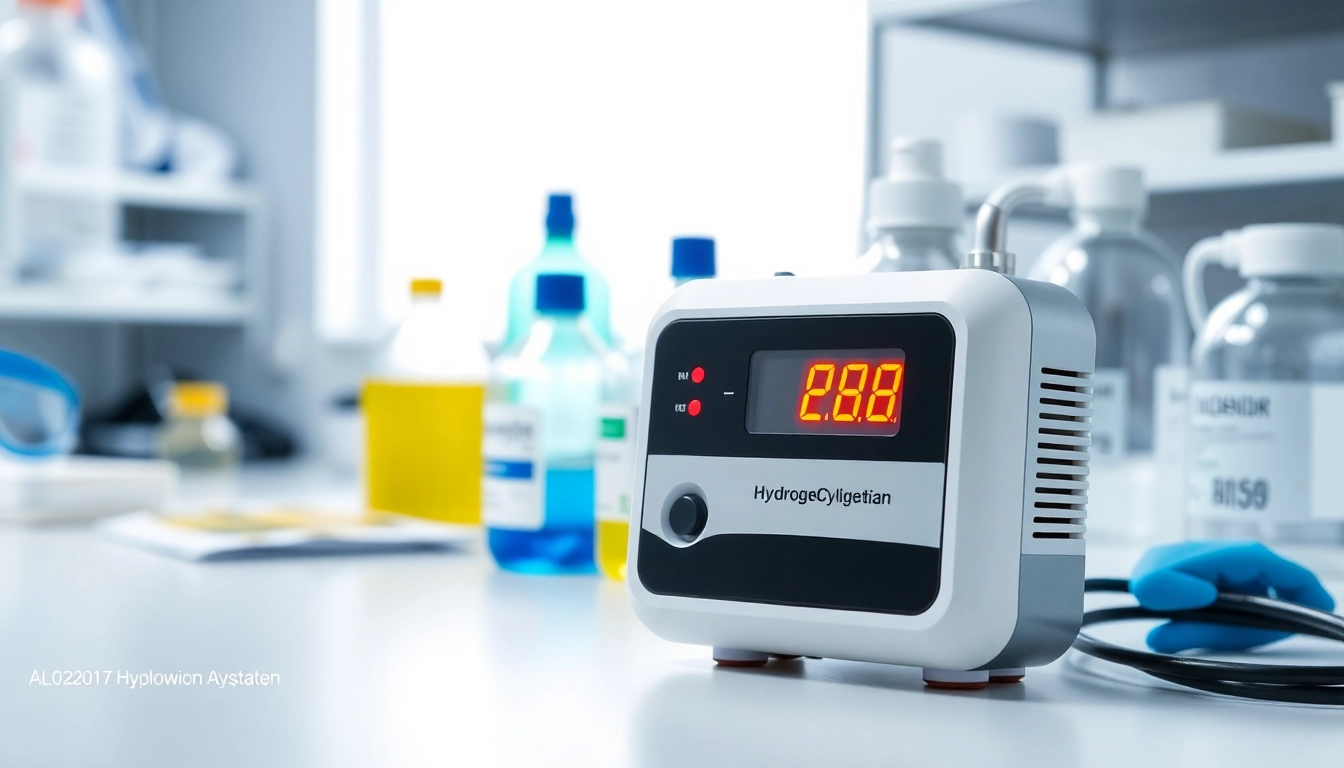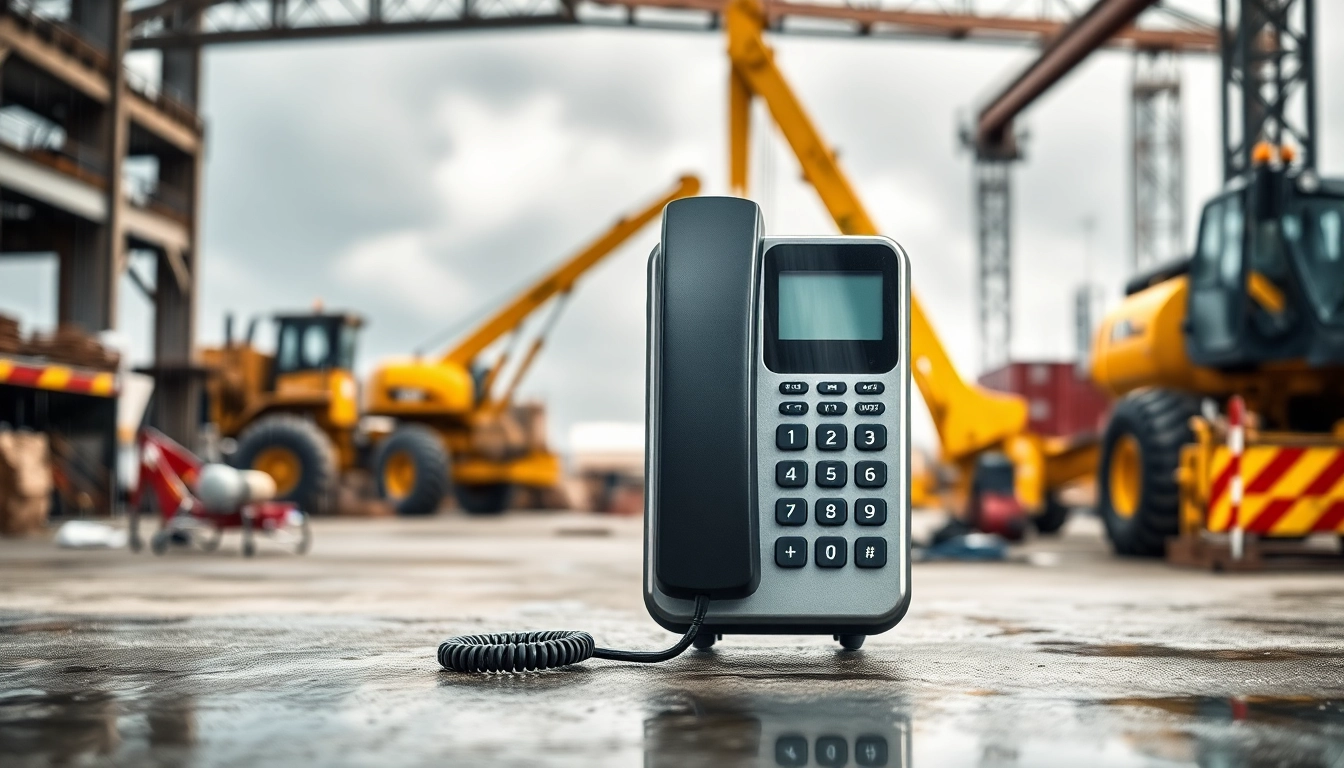Understanding Hydrogen Cyanide and Its Risks
What is Hydrogen Cyanide?
Hydrogen cyanide (HCN) is a highly toxic chemical that is both a colorless gas and a liquid at room temperature. It has a characteristic bitter almond odor, which makes it detectable by some individuals. However, approximately 20% of the population cannot smell it due to a genetic trait, which can make exposure particularly insidious. This compound is widely used in various industrial processes, including the production of plastics, synthetic fibers, and pesticides. The gas is also a byproduct of combustion, particularly in fires involving organic materials and certain plastics.
Health Risks of Exposure to Hydrogen Cyanide
Exposure to hydrogen cyanide can result in severe health consequences, even at relatively low concentrations. Inhalation of HCN can lead to symptoms such as headaches, dizziness, confusion, and shortness of breath. At higher concentrations, exposure can cause rapid respiratory failure and loss of consciousness, potentially leading to death within minutes. The degree of toxicity largely depends on the concentration of HCN and the duration of exposure. Chronic exposure can also result in long-term health issues, such as neurological damage and respiratory problems.
Regulations Surrounding Hydrogen Cyanide Safety
Due to the significant risks associated with hydrogen cyanide, numerous regulations govern its production and use. In the United States, the Occupational Safety and Health Administration (OSHA) has established permissible exposure limits (PELs) for HCN in workplace environments. These regulations require monitoring and controlling the concentration of HCN to protect workers. Additionally, the Environmental Protection Agency (EPA) has guidelines for the management and disposal of HCN to prevent environmental contamination. Compliance with these regulations is essential for organizations that handle this hazardous chemical.
Selecting a Hydrogen Cyanide Gas Detector
Key Features to Look for in a Hydrogen Cyanide Gas Detector
When selecting a hydrogen cyanide gas detector, several critical features should be considered:
- Sensitivity and Accuracy: The detector should have the capability to accurately measure low concentrations of hydrogen cyanide, ensuring prompt detection of hazardous conditions.
- Real-time Monitoring: Effective detectors provide continuous real-time monitoring, enabling immediate alerts when HCN levels exceed safe limits.
- Durability and Design: The device should be robust enough to withstand industrial environments, with a design that facilitates ease of use in various settings.
- Calibration and Maintenance: Look for detectors that offer easily accessible calibration options and require minimal maintenance, ensuring reliable operation over time.
- Data Logging and Connectivity: Advanced models may provide data logging capabilities and connectivity options for integration with existing safety systems.
Types of Hydrogen Cyanide Gas Detectors Available
There are several types of hydrogen cyanide gas detectors available on the market, each suited for different applications:
- Portable Detectors: These handheld devices are ideal for personal safety in environments where HCN is present, allowing workers to monitor their surroundings actively.
- Fixed Gas Detectors: Installed in areas at high risk of HCN exposure, these detectors provide constant monitoring and are often connected to alarm systems.
- Multi-Gas Detectors: Designed to detect various gases, including hydrogen cyanide, these units are versatile for general use in industries where multiple hazardous gases may be present.
Comparative Analysis of Popular Hydrogen Cyanide Detectors
When evaluating hydrogen cyanide gas detectors, it’s essential to analyze popular models on the market. Comparisons should include sensitivity ratings, user feedback, and the specific features that may benefit different industrial applications. Consider reviewing specifications from manufacturers alongside independent testing results to ensure you select the most reliable detector suited to your needs. Case studies and customer testimonials can provide insight into real-world performance and reliability, demonstrating how particular models have effectively prevented incidents in various environments.
Proper Usage and Maintenance of Hydrogen Cyanide Gas Detectors
Step-by-Step Guide to Operating a Hydrogen Cyanide Gas Detector
To ensure effective operation, follow these steps when using a hydrogen cyanide gas detector:
- Calibration: Always calibrate the detector according to the manufacturer’s instructions before use, ensuring accurate readings.
- Pre-use Inspection: Conduct a thorough inspection of the device, checking for battery life, sensor functionality, and physical damage.
- Power On: Turn the device on in a safe environment, allowing it to warm up as per the user manual’s recommendations.
- Monitoring Area: Use the detector in areas where hydrogen cyanide may be present, ensuring you regularly check its readings.
- Respond to Alarms: Familiarize yourself and your team with alarm signals and ensure everyone knows the appropriate response procedures in case of an alert.
Routine Maintenance Tips for Detectors
Routine maintenance is crucial for the longevity and accuracy of hydrogen cyanide gas detectors. Here are some maintenance tips to follow:
- Regular Calibration: Schedule calibration of the detectors at recommended intervals to ensure accurate readings.
- Battery Checks: Monitor battery life and replace batteries as required to prevent device failure.
- Sensor Replacement: Pay attention to the manufacturer’s guidelines regarding sensor replacement to maintain detection efficiency.
- Cleaning: Regularly clean the unit as per specifications to avoid obstructions that might affect performance.
- Documentation: Keep a maintenance log to track performance and any issues encountered with the device.
Common Mistakes to Avoid When Using Detectors
There are several common pitfalls to be cautious of when using hydrogen cyanide gas detectors:
- Neglecting Calibration: Failing to calibrate the detector regularly can result in unreliable readings, increasing the risk of undetected exposure.
- Ignoring Alarm Signals: Dismissing alarms or failing to take prompt action can lead to dangerous situations for personnel.
- Improper Storage: Storing the detector in unsuitable conditions can damage the device and impair its functionality.
Real-World Applications of Hydrogen Cyanide Gas Detectors
Industries Utilizing Hydrogen Cyanide Gas Detectors
Hydrogen cyanide gas detectors are crucial across various industries where HCN is utilized or may be present. Some of these industries include:
- Chemical Manufacturing: In facilities that produce HCN or use it as a raw material, detection systems are essential for monitoring air quality.
- Mining: Mine operations may encounter hydrogen cyanide, especially in gold processing, requiring detectors to safeguard workers.
- Pesticide Production: Agricultural settings that produce or use pesticides containing HCN also depend on reliable gas detectors.
- Fire Safety: Firefighters may use hydrogen cyanide detectors during incidents where combustion products could include this toxic gas.
Case Studies: Success Stories with Effective Detection
Several case studies showcase the effectiveness of hydrogen cyanide gas detectors in preventing accidents and ensuring safety. For example:
In 2021, a chemical manufacturing plant that implemented a state-of-the-art fixed gas detection system managed to avert a potential disaster. During a routine production cycle, a malfunction led to an increase in HCN levels, triggering an immediate alarm. Workers evacuated safely, and the issue was resolved before any health impacts were noted.
This incident underscores the vital role of gas detectors in maintaining workplace safety. Regular training and adherence to safety protocols further enhanced their response effectiveness, emphasizing that these systems are not merely technological solutions but part of a broader safety culture necessary for successful risk management.
The Future of Hydrogen Cyanide Detection Technology
The future of hydrogen cyanide detection technology looks promising, with advancements focusing on real-time monitoring, increasing sensitivity, and integration with IoT systems. Emerging technologies are expected to enable quicker response times to HCN exposure while enhancing data analysis capabilities, allowing organizations to proactively manage risks. Additionally, continuous development in sensor technology and miniaturization will likely lead to more portable and user-friendly devices, making HCN detection accessible across varied settings.
Conclusion: The Importance of Safety with Hydrogen Cyanide Gas Detectors
Recap of Key Safety Measures
Recognizing the critical nature of hydrogen cyanide gas detection is paramount for ensuring workplace safety. Following best practices in selecting, operating, and maintaining hydrogen cyanide gas detectors enables organizations to protect their workforce from potential hazards. Implementing robust protocols, understanding health risks, and staying compliant with regulations further fosters a culture of safety.
Final Thoughts on Choosing the Right Detector
Choosing the appropriate hydrogen cyanide gas detector requires careful consideration of the specific environment and needs of your operations. Assessing features such as sensitivity, calibration requirements, and user feedback will help you make an informed decision that aligns with your safety objectives. Ensuring that your detectors are maintained and effectively utilized is critical for minimizing risks associated with hydrogen cyanide exposure.
Resources for Further Information and Support
For more details on hydrogen cyanide gas detectors and best practices for their use, consider consulting reputable safety resources and organizations that specialize in gas detection technology. You can also reach out to professional safety consultants for personalized guidance on establishing and maintaining a safe working environment.
To begin ensuring your workplace safety with reliable detection solutions, consider investing in a Hydrogen Cyanide gas detector tailored to your needs.



